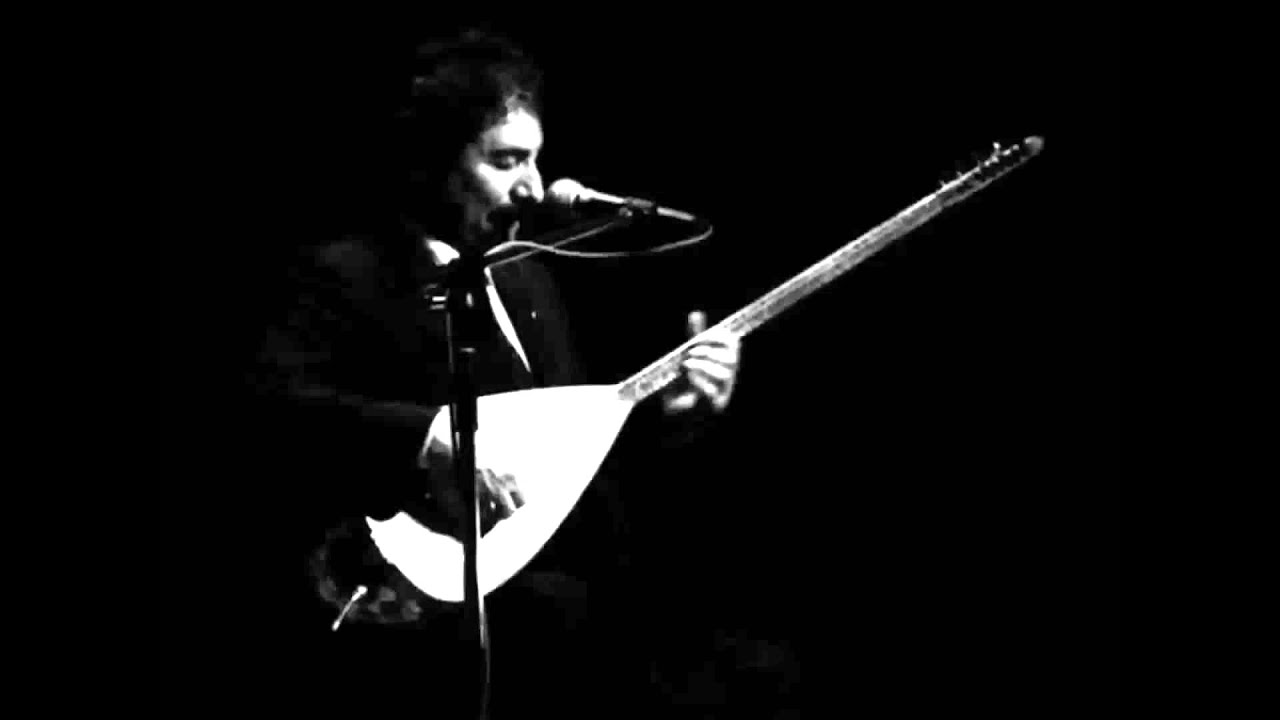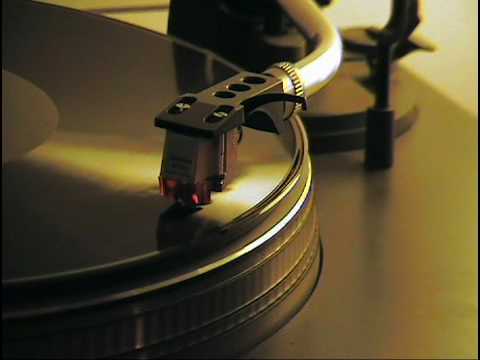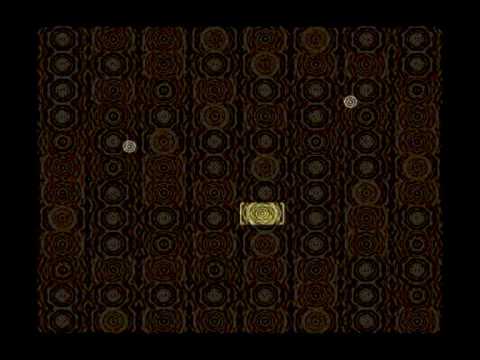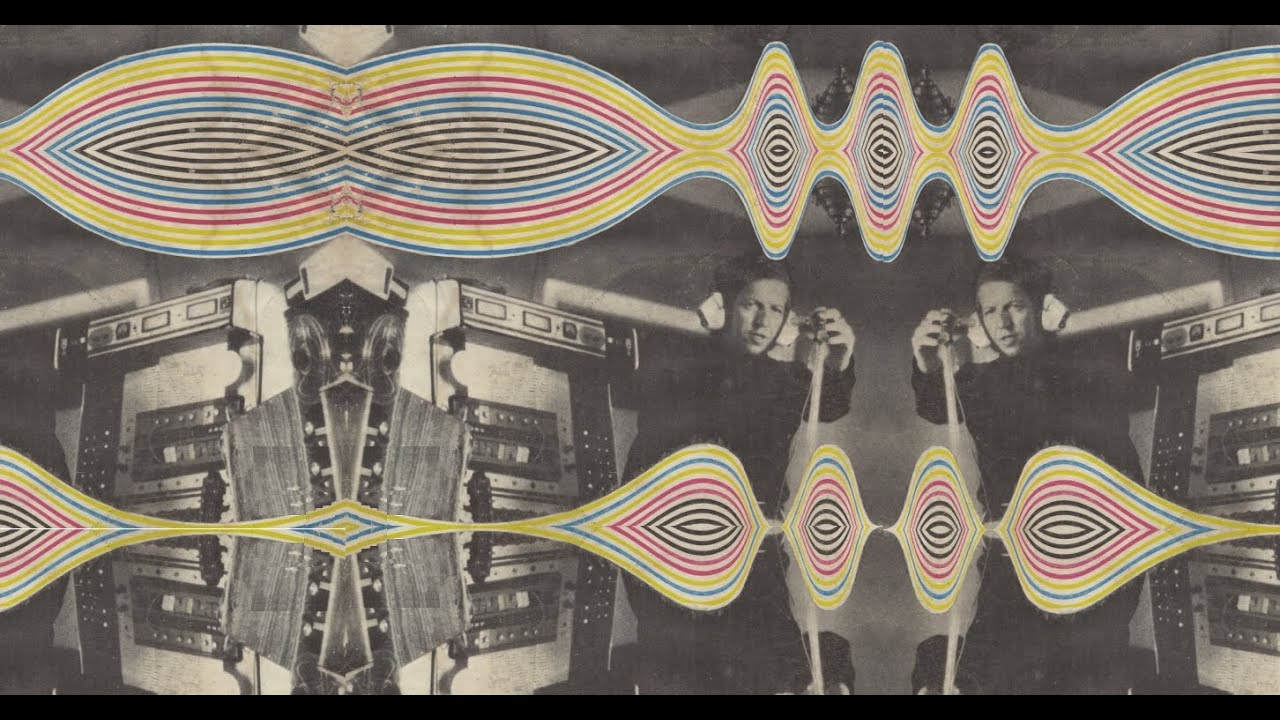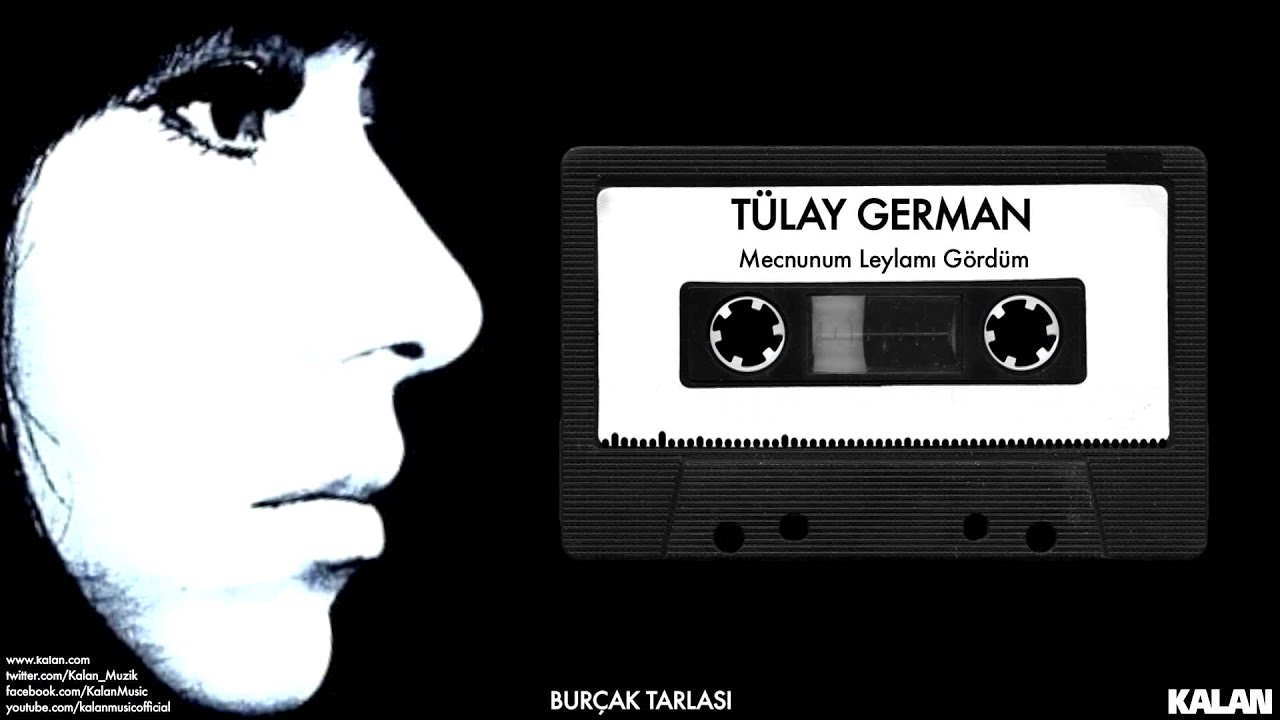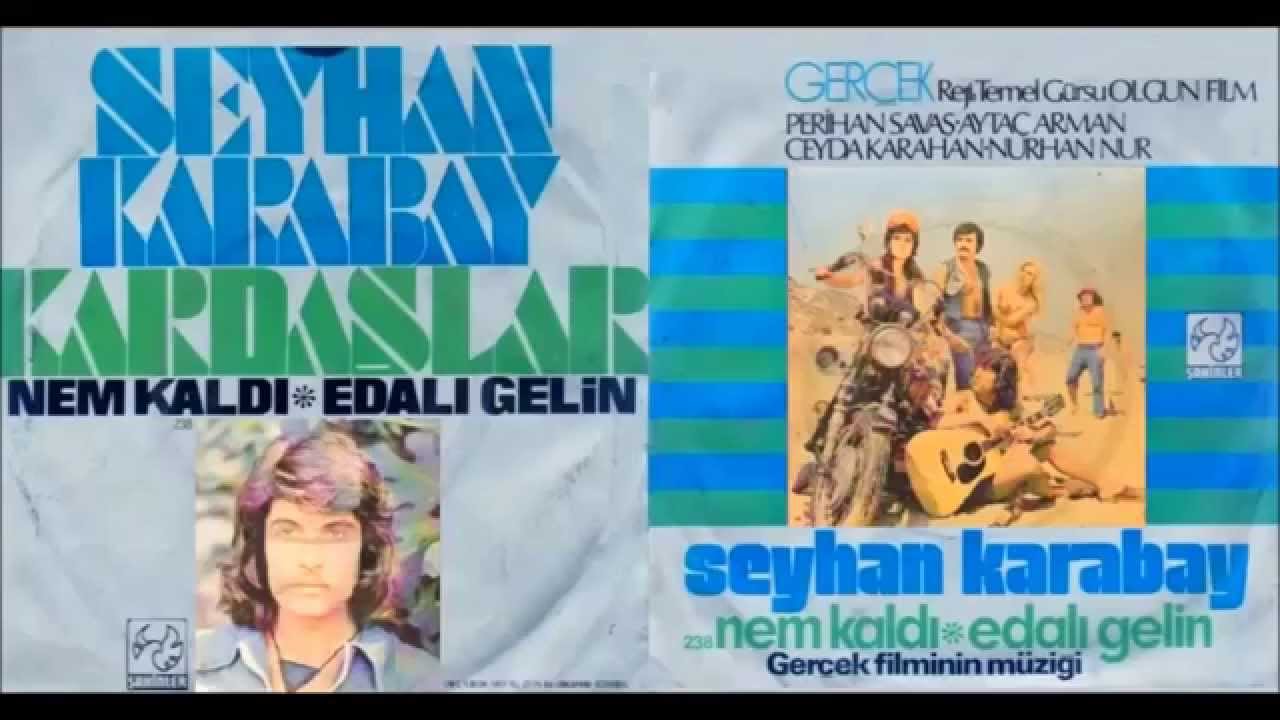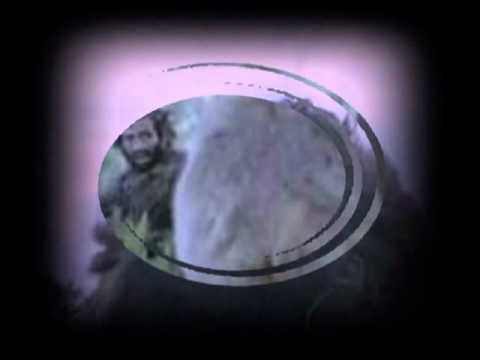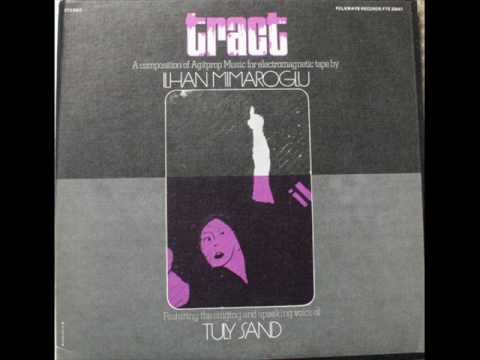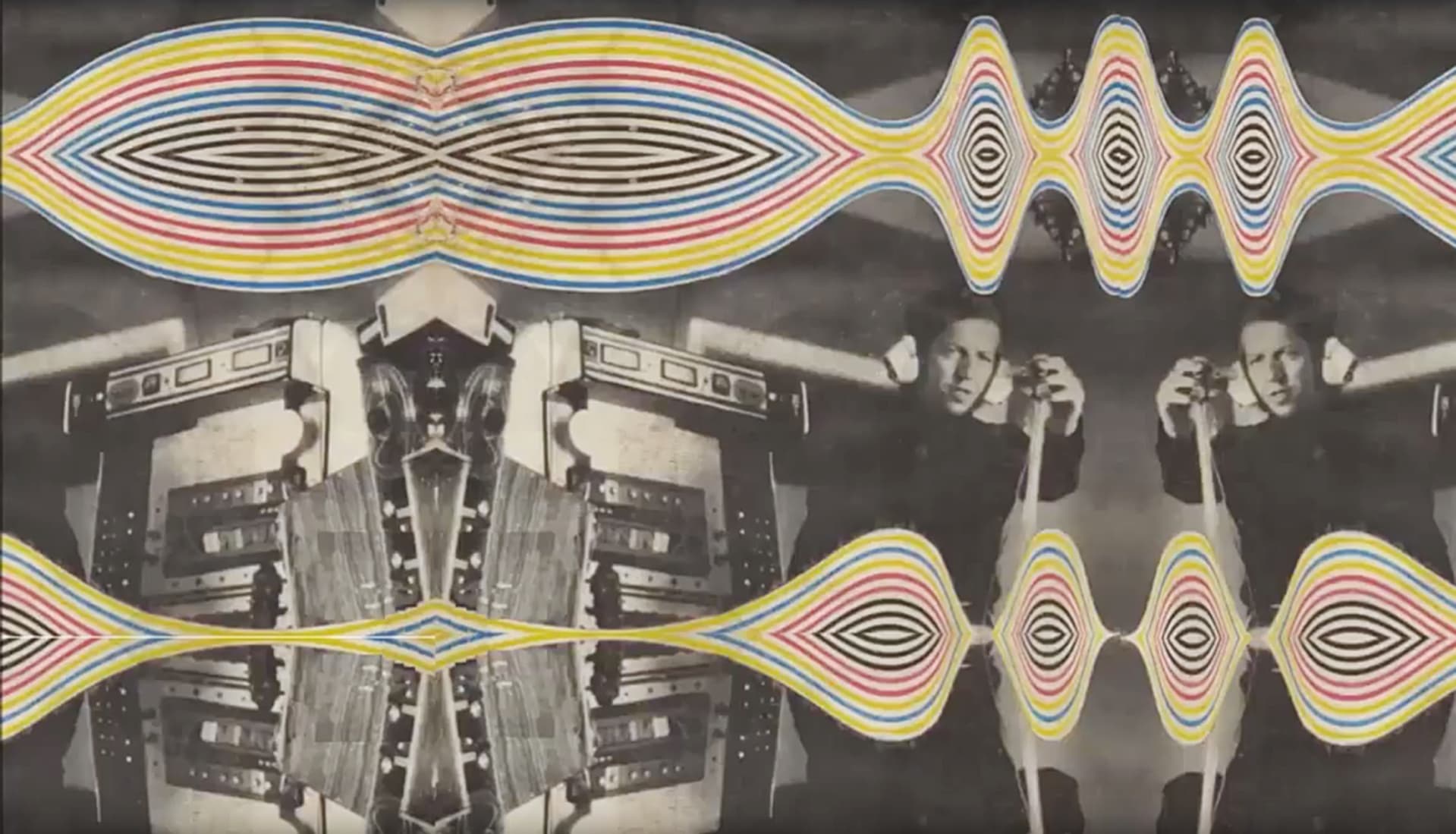
Discover Turkish Psychedelia’s Influential Artists And Songs
In popular imagination, the psychedelic continuum of the ’60s and ’70s ran from the US to Britain and back again. But the country straddling Europe and Asia—Turkey—was breeding its own psych-rock scene around the same time. The music mixed traditional Turkish folk sounds with the signatures of Western rock groups, but unlike Beatles 12″s, which were pressed in such huge quantities as to have sentimental value but not much more, Anatolian rock records are harder to find and often highly valuable. Veteran selector and vinyl hunter Barış K is one of the foremost authorities on Turkish psychedelia and disco, and he’s helped to conduct many of its little-known heroes to Western audiences. Needless to say, he’s amassed a formidable collection of rare 12″s from the era, which is partially documented on his Eurasia and Istanbul 70 edits series. Here, he brings us 10 of the standout tracks from Turkey’s colorful canon.
Neşe Karaböcek, “Yali Yali”
“Epic dance tune from Neşe Karaböcek. “Yali Yali” borrows its bassline from the legendary Jesus Christ Superstar musical and/or Persian disco pioneer Googoosh. It’s a pure editor DJ’s delight that kills every dance floor.”
http://alkislarlayasiyorum.com/icerik/149176/nese-karabocek-yali-yali
Ali Ekber Çiçek, “Haydar Haydar”
“Turkish psychedelia cannot be mentioned without crediting the Ashik era, which was the main inspiration for ‘60s psych-rockers. This is a relatively new recording of Ali Ekber Çiçek performing his famous composition, ‘Haydar Haydar’. It’s kind of a combination of regional Anatolian microtonal sonic spaces.”
Group Titan, “Anatolian Break Dance”
“This release is the only one of its kind, and one of the hardest-to-find records around. Drum machines and sequenced synthesizers star on Group Titan’s breakbeat medley-style folk dance album. There’s not much information on it available. Possibly, a studio bought some new gear and wanted to test it out on an album.”
Hüsnü Özkartal, “Su Derenin Sulari”
“There are many folk dance albums that are performed by big bands and mix Western and Eastern styles, but this one is my favorite. Maestro Hüsnü Özkartal succeeded in developing a funky, native Turkish sound that doesn’t come across as orientalist at all.”
Gökçen Kaynatan, “Sihirbaz”
“One of the earliest examples of electronic music from Turkey is by Gökçen Kaynatan. He made his name with his light installations and psychedelic stage shows in early ‘60s, then introduced synthesizers to the popular music scene and inspired the likes of Barış Manço to buy an EMS Synthi [a portable analog synthesizer]. Kaynatan is the only artist on this list who’s still up and running live shows non-stop from the ‘50s. (I’m not mentioning Neşe Karaböcek here because her style became more mainstream in time with different producers.)”
Tülay German, “Mecnunum Leylami Gördüm”
“Genre-starter. When producer, writer, translator and activist Erdem Buri asked his jazz vocalist wife Tülay German to perform a folk tune, “Burçak Tarlası,” in 1964, he knew he’d started a fire. At least, that’s what he mentions in the manifesto he wrote to accompany the album’s release. At the time, the only music released in Turkey was standard Western music like classical, jazz, cha cha and calypso, and famous tunes were often overwritten with Turkish lyrics or performed by traditional musicians. ‘Mecnunum Leylamı Gördüm’ is basically a folk tune performed by a jazz band.
A few years later teenage boys in rock ‘n’ roll bands started covering folk tunes, and by the end of the ‘60s, original compositions had taken over in Turkey. At first, traditional musicians strictly opposed this fusion because the microtonality and a lot of the harmonic character of the music is lost with the Western instruments. But eventually, it become customary to mix both Western and Eastern instruments together. Personally the b-side of this record is my favorite. ‘Mecnunum Leylamı Gördüm’ is a bossa nova cover of a touching tune from Âşık Veysel.”
Klips ve Onlar, “Halley”
“Klips ve Onlar is a project initiated by the national Eurovision contest that brought two geniuses—the composer Garo Mafyan and the guitarist Gür Akad—together. Turkey rose to the ninth position that year, which was surprising, as we were very used to settling for the bottom three. ‘Halley’ is about the famous comet that passed near the earth in the ‘90s. Beautiful lyrics, strong composition—a real ‘rare’ album.”
https://www.youtube.com/watch?v=UbB_GoA0ciQ
Seyhan Karabay ve Kardaşlar, “Nem Kaldı”
“I’m in love with the guitar riffs and the drums on this one. It’s a slightly depressing protest tune, but highly energetic. Recording technology must have been so poor at the time of creation, but it resulted in a great garage funk sound that’s unique to the Kardaşlar band. They worked with numerous singers over the years, and almost all of them are great.”
Metin Alatlı, “Rast Saz Semai”
“This could be from the only Moog compilation album. Metin Alatlı performs famous tunes by his electronics. Similar to the Gökçen Kaynatan sound, but just a bit more naively happy. His sound made the whole album a favorite soundtrack in many Turkish movies.”
İlhan Mimaroğlu, “Tract”
“İlhan Mimaroğlu is in a different weight category because he lived and produced in United States, mainly in an academic capacity. One has to mention him, however. He started experimenting with electro-acoustic classical music in Turkey in the ‘50s, and continued that work at the Columbia University Princeton Electronic Center. He went on to become one of the heads of the research studio working with early electronic gear, tapes, sampling and acoustic instruments. He has numerous recordings with avant-garde musicians like John Cage and Charles Mingus, and his work also appears on soundtracks like the one for Fellini’s Satyricon. There is a lot more about him that bears mentioning, but the Tract album is one of his ahead-of-their-time works. You’re lucky if you have it.”
Published February 16, 2016.

